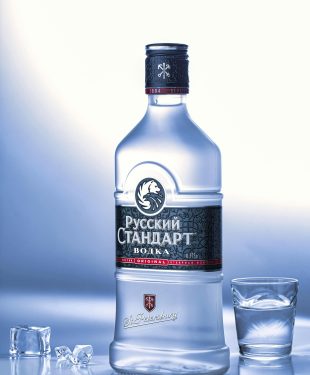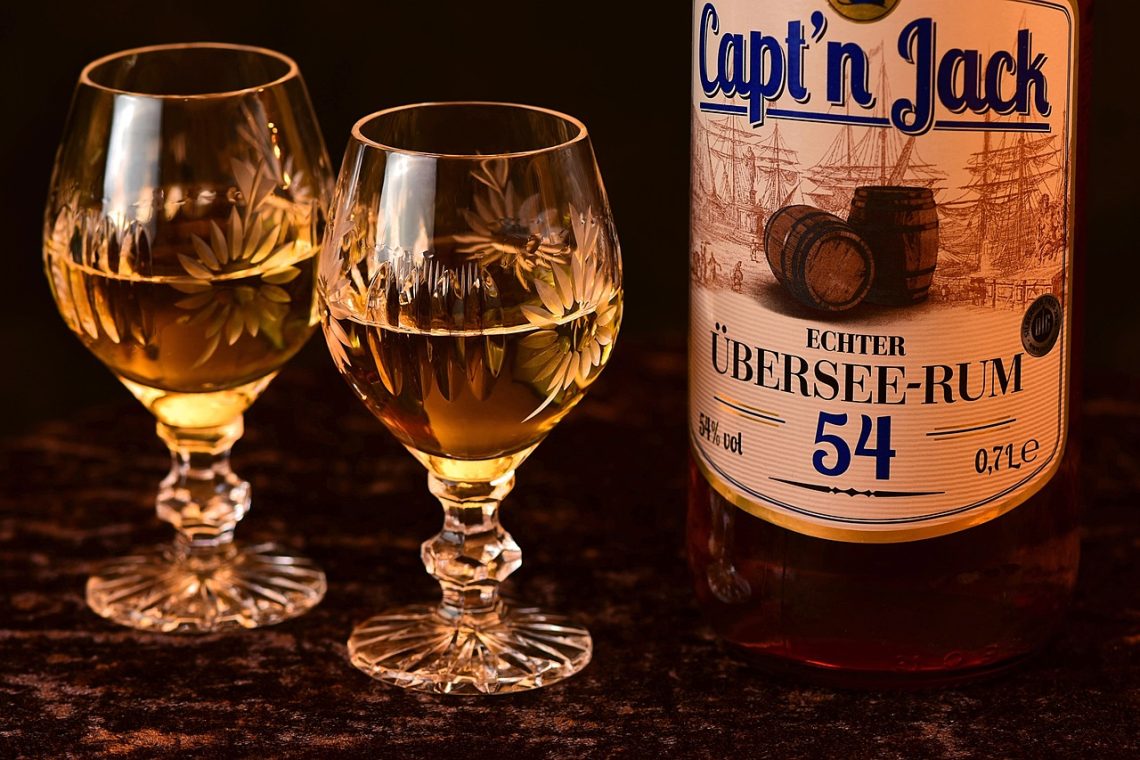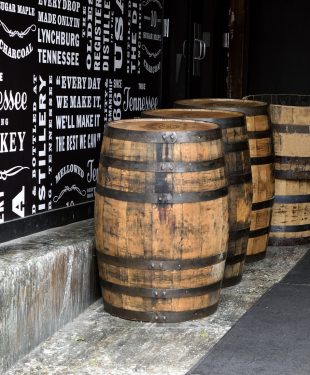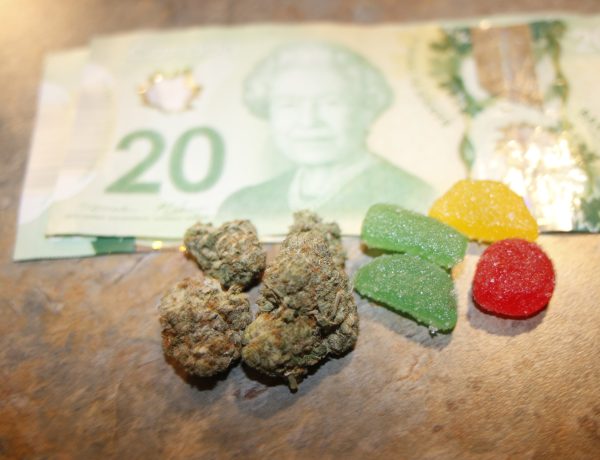History of the Strongest Alcohols
Today we want to provide a history of the strongest alcohols. The allure of strong liquor has been woven into the fabric of human history for millennia. This is with its power to intoxicate and transform consciousness. It’s a story of intoxicating brews and potent potables that have shaped cultures, politics, and even empires.
This exploration dives deep into the origins and effects of some of the most potent alcoholic beverages of all time. From the frosty tundras of Siberia to the highland distilleries of Scotland, these high-proof spirits have each left a unique, often potent, mark on the world of spirits. Keep reading to learn about the history of the top strongest alcohol in the market.
The Dawn of Distillation
Before we can sip on the strongest liquors known to man, we must travel back to the origins of distillation. The process of distilling alcohol is commonly attributed to the alchemists of the Middle Ages. These proto-scientists, seeking the secrets of life, stumbled upon a method to separate and concentrate alcohol from traditional fermented beverages.
One such early distillate, created in the Muslim-ruled world, was Al-kuḥl, the ancestor of the modern medical term, ‘alcohol.’ This mysterious liquid was lauded for its medicinal properties and from it, the famous ‘al-ki-haul’ or ‘alcool wine’ was born. This medical aid laid the foundations for the era of strong liquor, which was underway.
The Viking Spirit in Akvavit
Among the windswept fjords and diddling ballads of Scandinavia, the Vikings brewed their alcoholic concoctions. However, it’s the Akvavit that truly echoes their strength. This clear, fiery liquor is a Norse tradition that’s been tinged with time.
Legend has it that Danish distillers flavored their spirits with caraway to celebrate Hrolf, a Norwegian prince, who overcame three knights in single combat. It’s not just the caraway that adds to Akvavit’s kick, but also the traditional method of re-distillation. Repeated distillations concentrate the alcohol content. This results in a spirit that’s almost always over 40% ABV, and often far more.
The Burning of the Waters with Aqua Vitae
A precursor to Akvavit, Aqua vitae (or Aquavit in its Latinized form) translates to ‘water of life.’ Championed by medieval monks for its restorative powers, this ancestor of strong liquors was, at its peak, believed to have almost mystical effects. In Scotland and Ireland, it’s the history of Uisge Beatha, which eventually morphed into ‘whiskey,’ that mirrors Aqua Vitae’s tale of legacy.
Early whiskey was a far cry from the refined single malts of today; it was closer to its Latin root, ‘aqua vitae,’ in both process and potency. Perhaps it was its fiery nature that softened the resolve of the ancient Celts, as the strong whiskey of old was known to be used during:
- peace offerings
- ceremonies
- yard side mysticism
- The Reign of Rum
A product of the Caribbean’s molasses industry, rum quickly became known as the ‘demon’ in the eponymous ‘daiquiri’. The history of rum is a testament to the exploration and subsequent exploitation of the New World’s resources. With its humble beginnings in the sugar cane fields, rum has a varied cultural impact.
This is from the Black Tot Day tradition among the British Navy to its incorporation into the tiki culture of the mid-20th century. Often produced at 80 proof or more, rum has had a long-standing reputation as a ‘sipping spirit’ in the Caribbean culture.
Tequila and Mescal: the Mezcla of Mexican Spirituality
Walking the path of the agave from tequila to mescal is a walk through time and tradition. The blue agave fields of Mexico are the heartland of two spirits of great potency. Tequila, made from blue agave and usually bottled at around 38-40% ABV, is enjoyed worldwide and often catalyzes lively fiestas.
In contrast, mescal, with its smoky and earthy nature, is usually higher in proof, with certain varieties breaching the 55% mark. Both have roots in indigenous cultures, and the process of making these spirits has seen little change over the centuries. This results in a drink that resonates with the essence of Mexico.
The Jackal’s Juleps and Kentucky’s Kaleidoscope of Whiskey
Bourbon, a uniquely American spirit, has seen a renaissance in recent years. But long before the craft cocktail revolution, bourbon asserted its inebriating influence across the landscape of Kentucky.
The story of bourbon is one of climate, water, and grain coming together in a cauldron of copper stills. What emerges, after years in oak barrels, is a liquid that’s officially around 40-60% ABV. However, it often punches well above its proverbial weight.
The Russian Riddle Within a Carved Casket: Polugar

Photo by on Pexels
An enigma in a bottle, Polugar is a relic revived from the dust of history. A spirit with Slavic origins, this spelled bread distillate goes through a long, elaborate process to reach its full strength – an astounding 38 to 60% ABV. Often referred to as Russian vodka before vodka, Polugar is a direct connection to Russia’s past, a time capsule in alcohol form that, for a fortunate few, offers a glimpse into the drinking habits of the Tsars.
The Enigmatic Elixir of Absinthe
While not a high-proof spirit in the traditional sense, at around 50 to 75% ABV, Absinthe earned its place in this roster through notoriety and its impact on the world of art and literature. Lovingly known as the Green Fairy, this aniseed-flavored elixir was favored by Hemingway, Van Gogh, and other luminaries of the belle époque.
Its secondary moniker, the La Fée Verte, contrasts with the notoriety that eventually led to its ban in much of the world. Since its revival, absinthe has become a symbol of tortured artistry and steadfast creativity, an alcohol with a potent legacy that continues to inspire.
If you want to learn more about how to create the best alcohol, it’s important to consult an expert and do a lot of research. It’s also helpful to join a training program to better understand alcohol bottle sizes and how they affect the quality. Check out California RBS training to give you an idea of drink menus for this alcohol.
Learning More About the Strongest Alcohol Drinks
In conclusion, the history of the strongest alcohol from whiskey to absinthe takes us on a journey through time, culture, and innovation. From the traditional distillation methods of whiskey to the controversial allure of absinthe, these drinks have stood the test of time.
So, why not raise a glass and experience the rich history of these potent spirits for yourself? Cheers!
Read more lifestyle articles at ClichéMag.com
Images provided by Deposit Photos, BingAI, Adobe Stock, Unsplash, Pexels, Pixabay & Creative Commons




